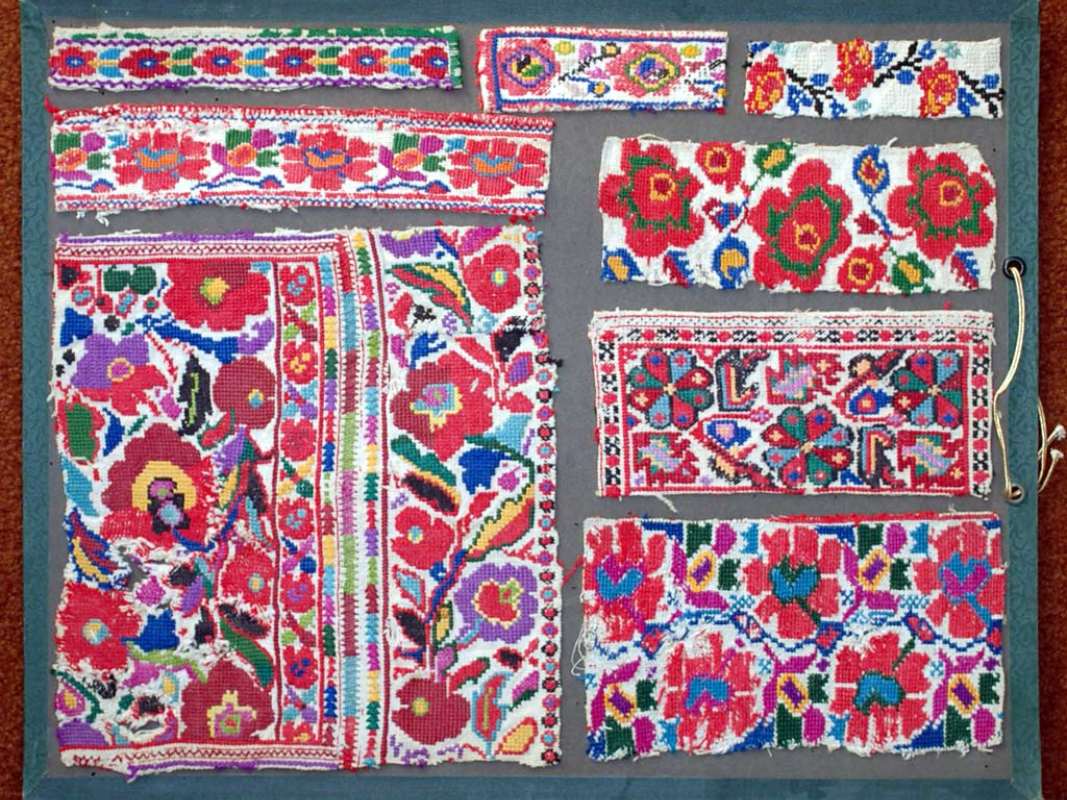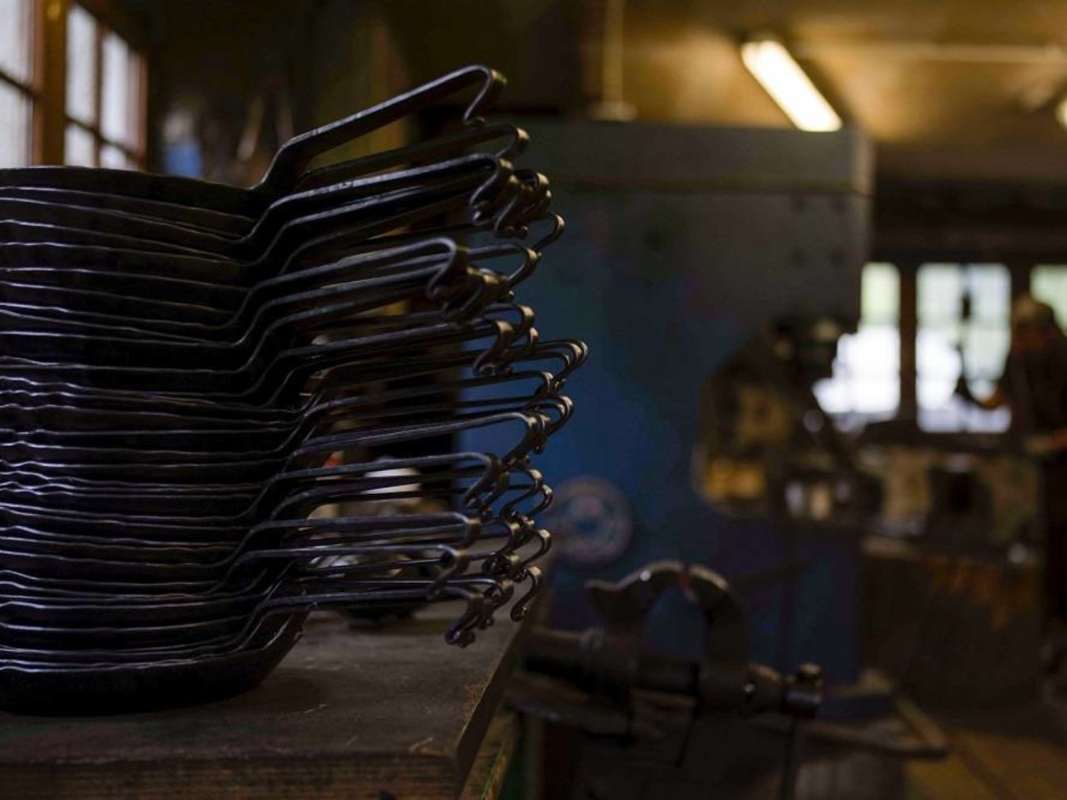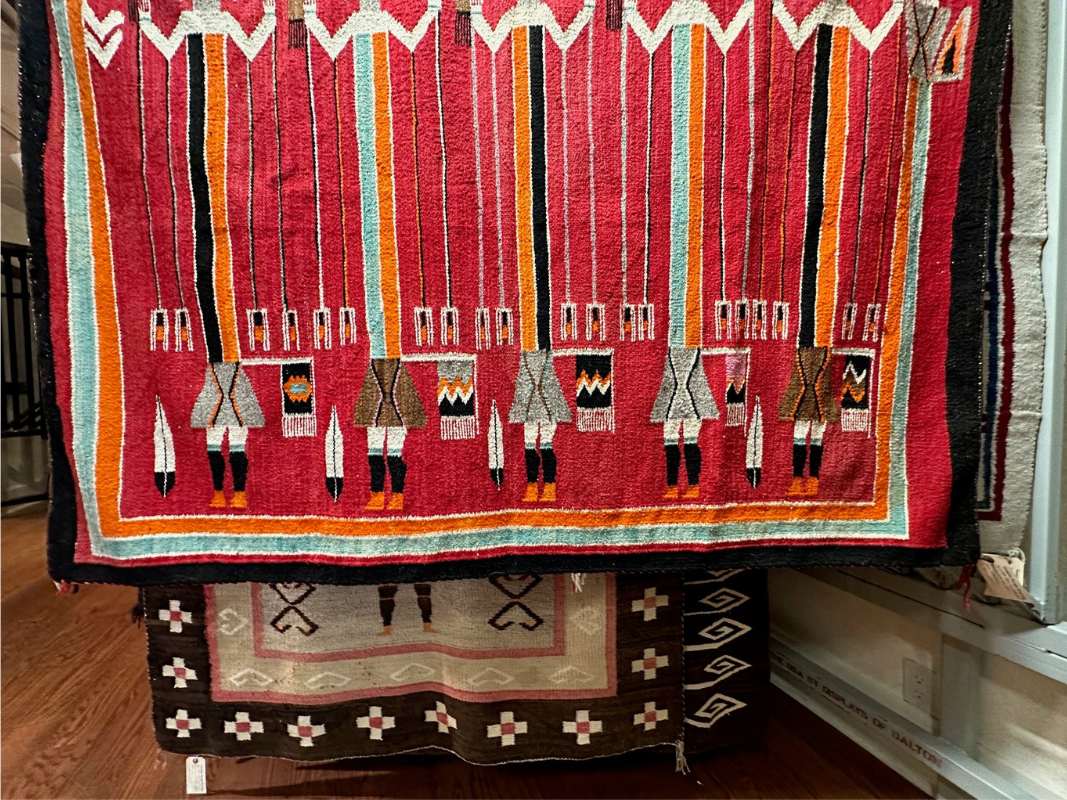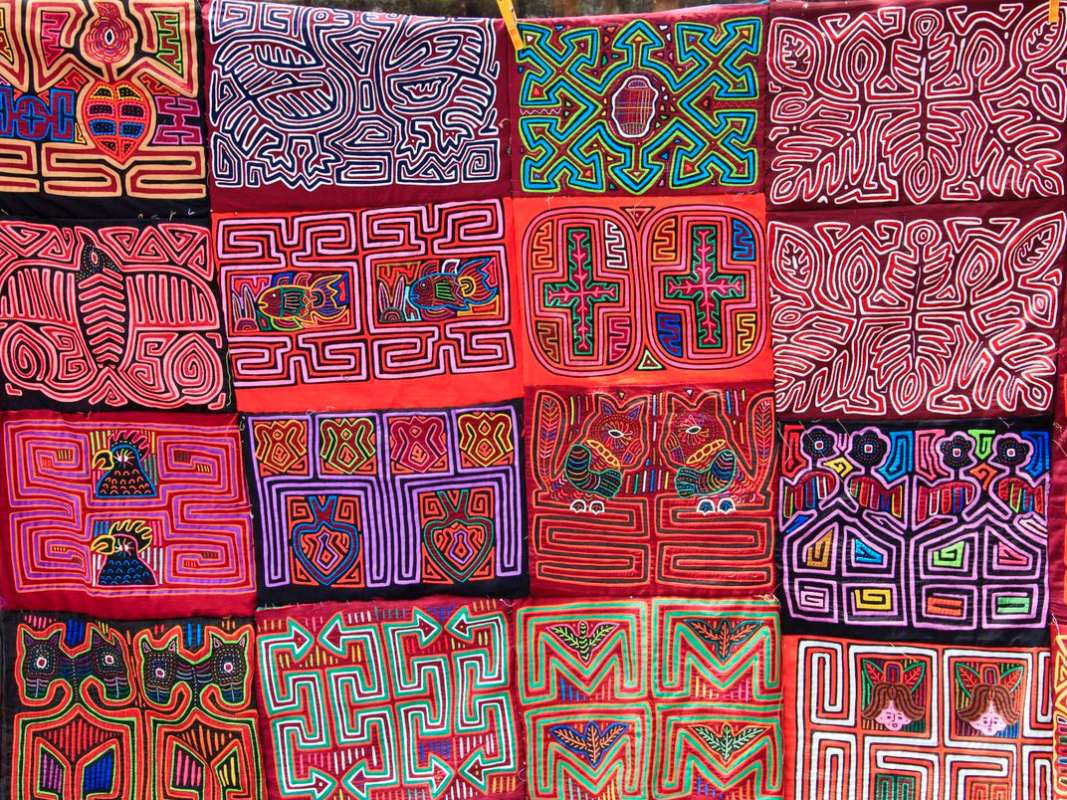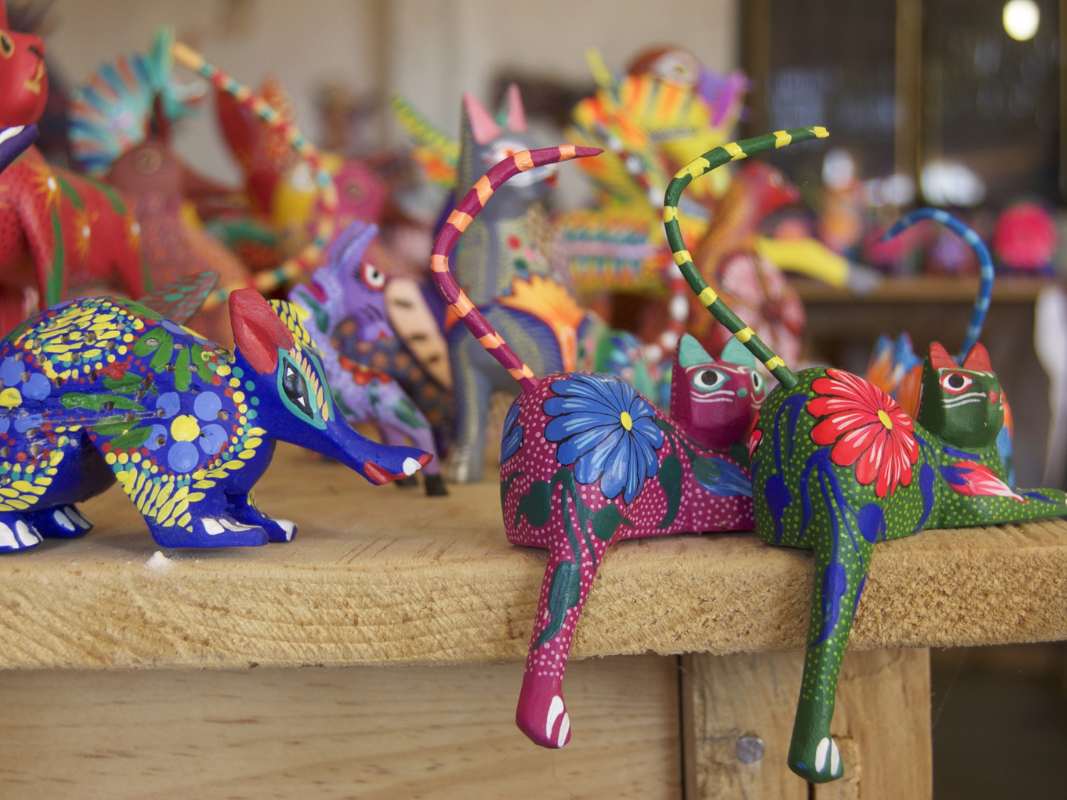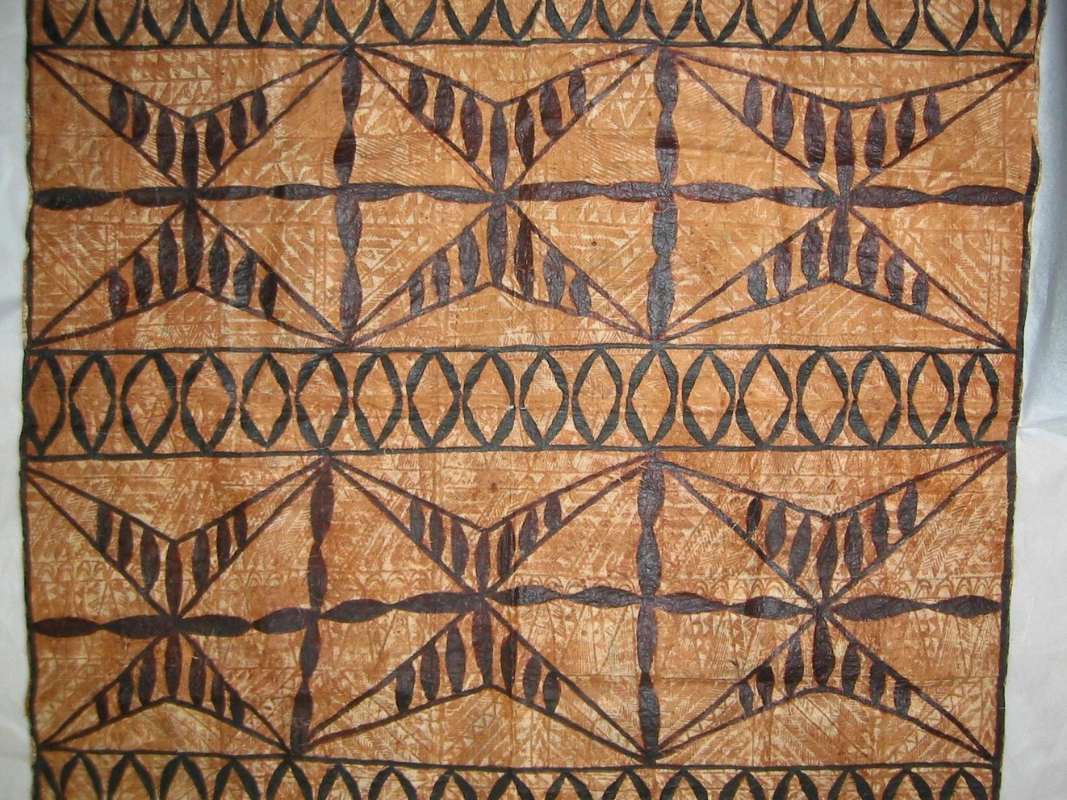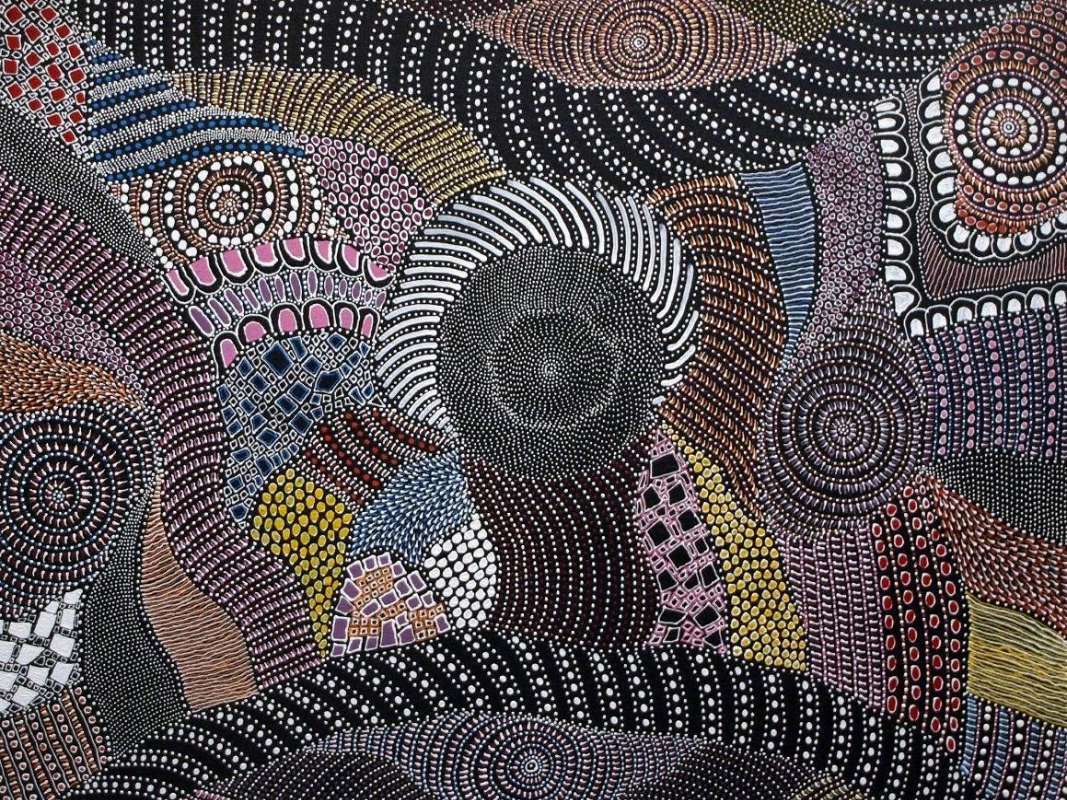These time-honored practices have been passed down through generations, each carrying unique stories and significance.
It is a disciplined art form in which nature and humanity are brought together.
Ikebana often emphasizes minimalism, with attention to harmony, balance, and form.
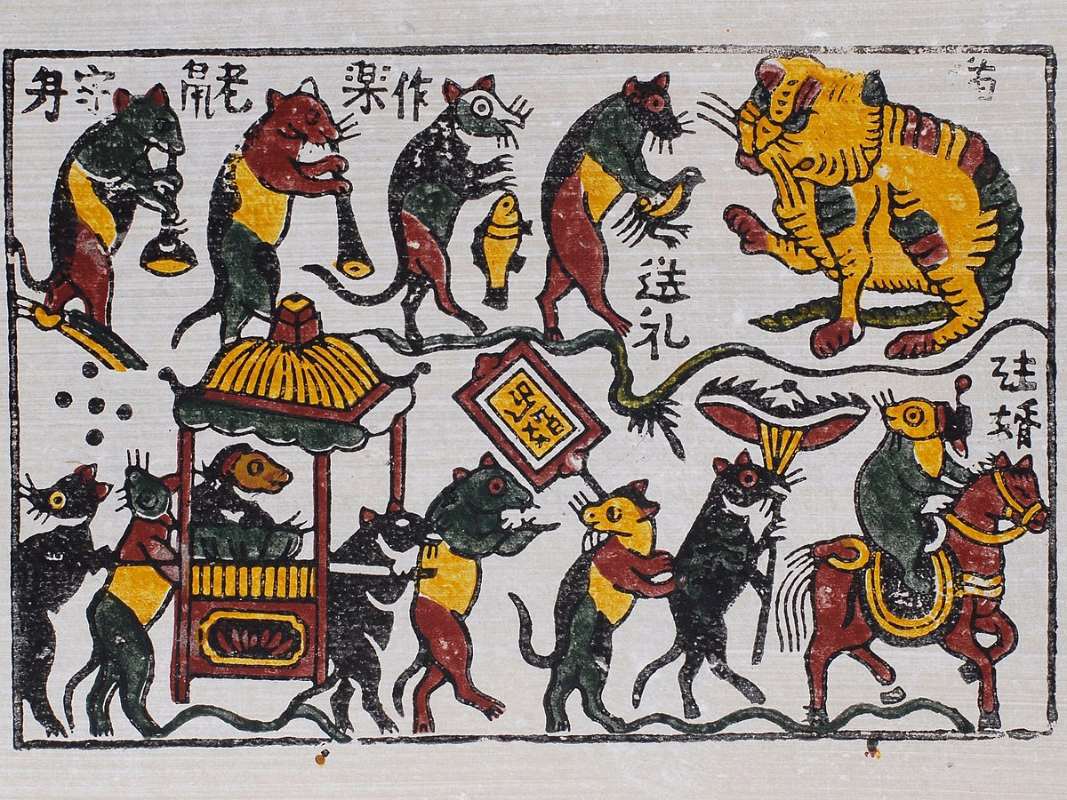
This technique dates back to the 7th century when floral offerings were made at altars.
Batik (Indonesia)
Batik is a wax-resist dyeing technique that originated in Indonesia.
This traditional craft involves applying wax to fabric in intricate patterns and then dyeing the fabric.
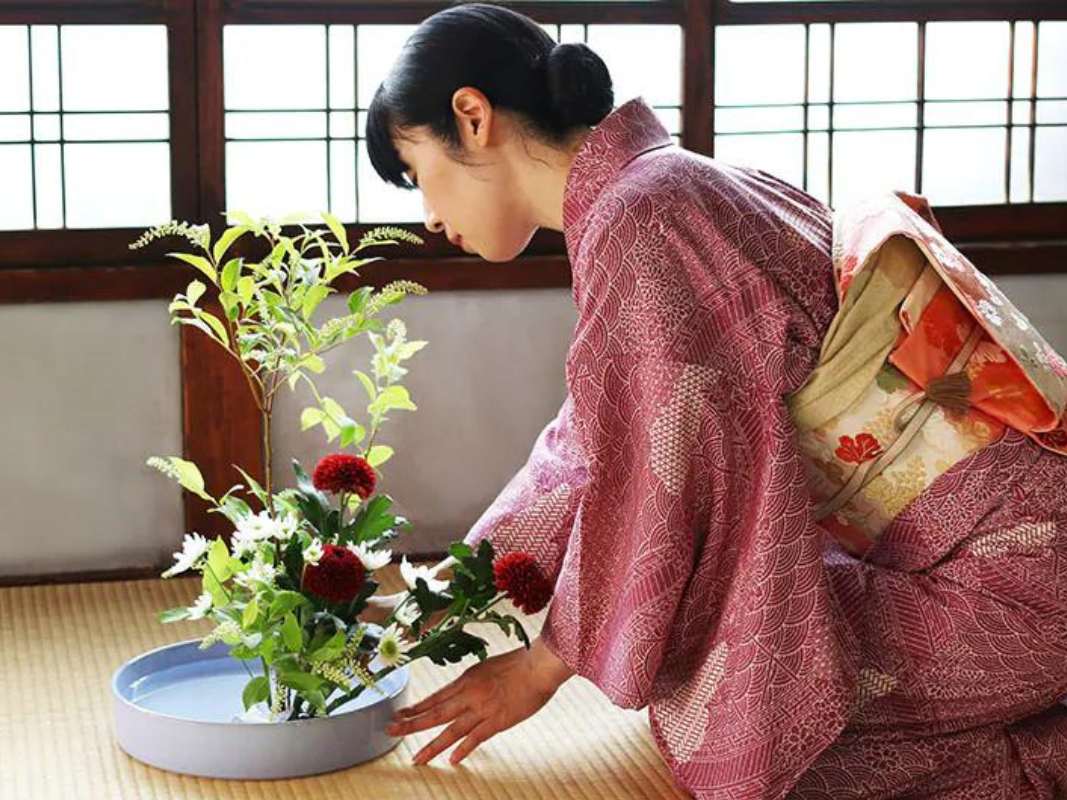
Batik holds cultural significance, with patterns and colors often symbolizing different regions, social statuses, and occasions.
The art of batik is a UNESCO Intangible Cultural Heritage of Humanity, recognizing its importance in Indonesian culture.
These paintings are typically made on cotton or silk and depict Buddhist deities, scenes, and mandalas.
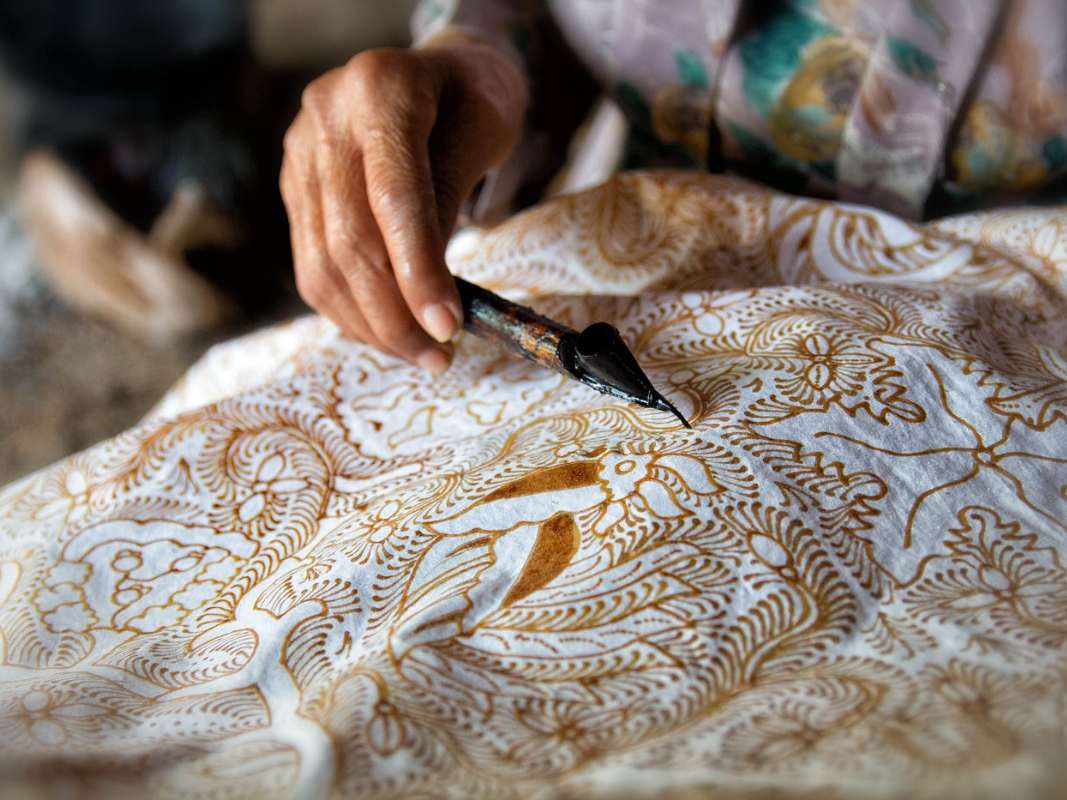
Thangka painting requires precision and a deep understanding of Buddhist iconography.
The finished pieces are used as teaching tools, meditation aids, and objects of worship.
The creation process is a spiritual practice in itself, requiring patience, concentration, and devotion.
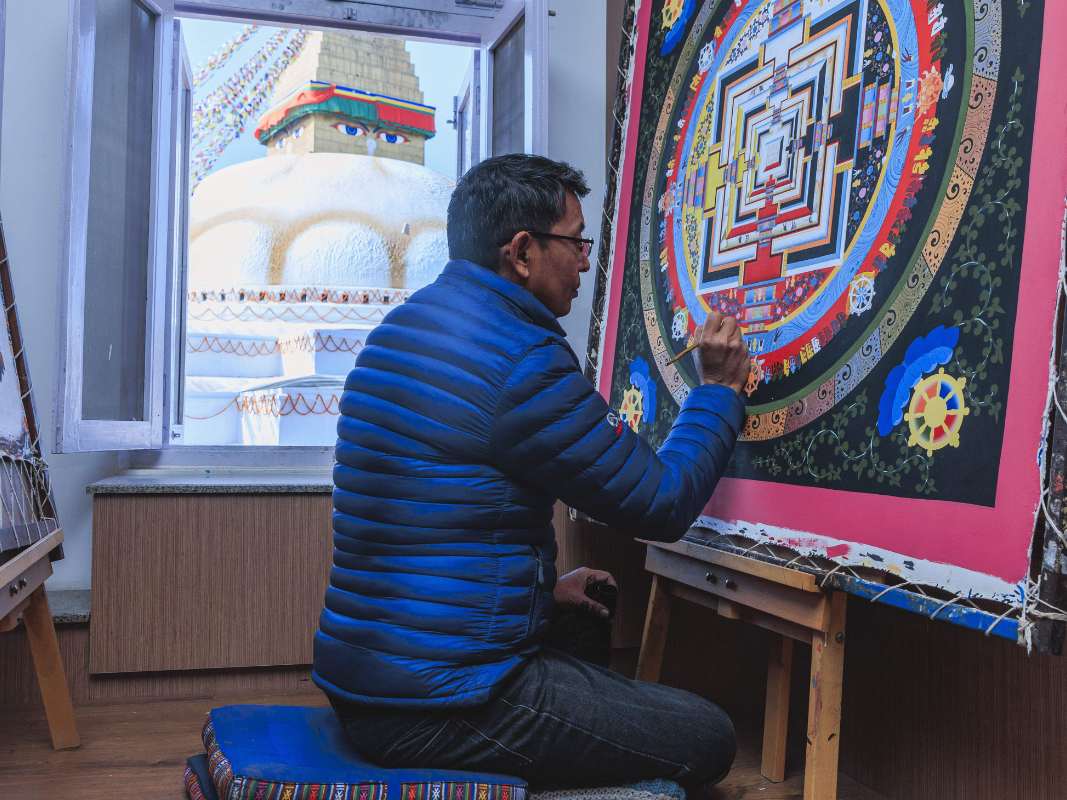
Pottery techniques vary across different dynasties, with each era contributing to the evolution of styles and methods.
Pashmina weaving is a labor-intensive process, with artisans dedicating months to complete a single piece.
The craft holds cultural and economic importance in Kashmir, representing the regions rich textile heritage.
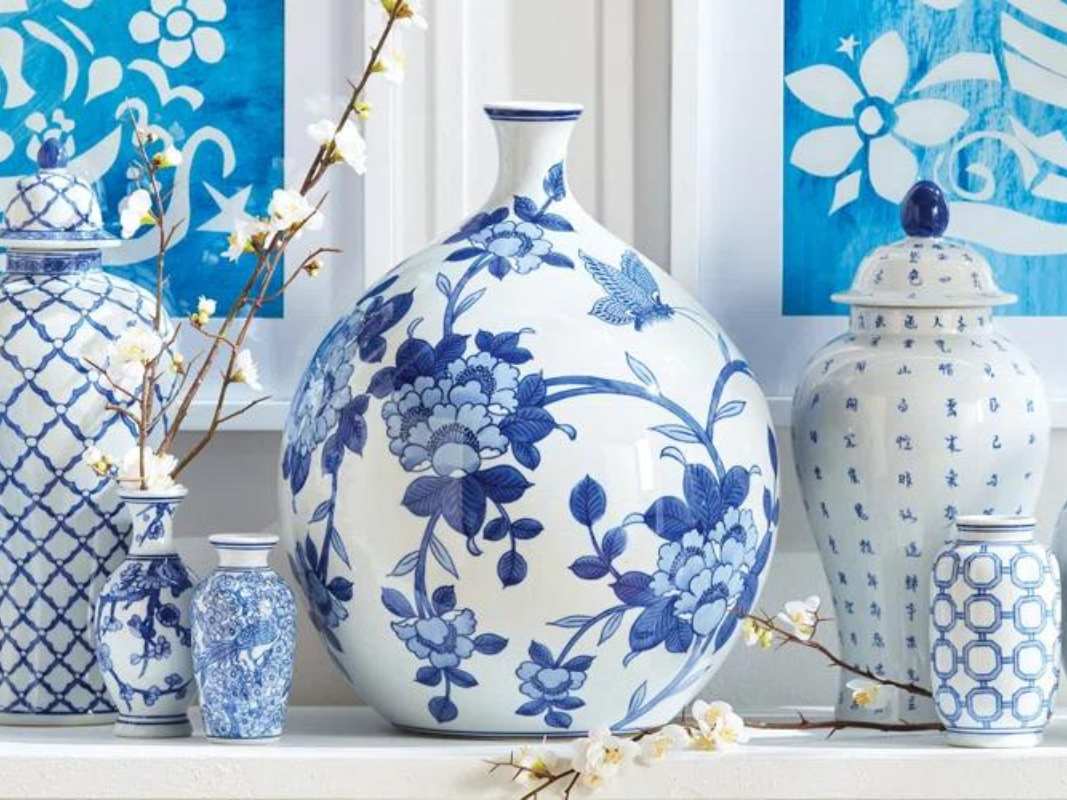
Unlike origami, which involves folding paper, kirigami includes cutting to create intricate designs and structures.
This technique is used to make various decorative items, from simple snowflakes to complex architectural models.
Kirigami is often used in festivals and celebrations, with designs symbolizing good fortune and prosperity.
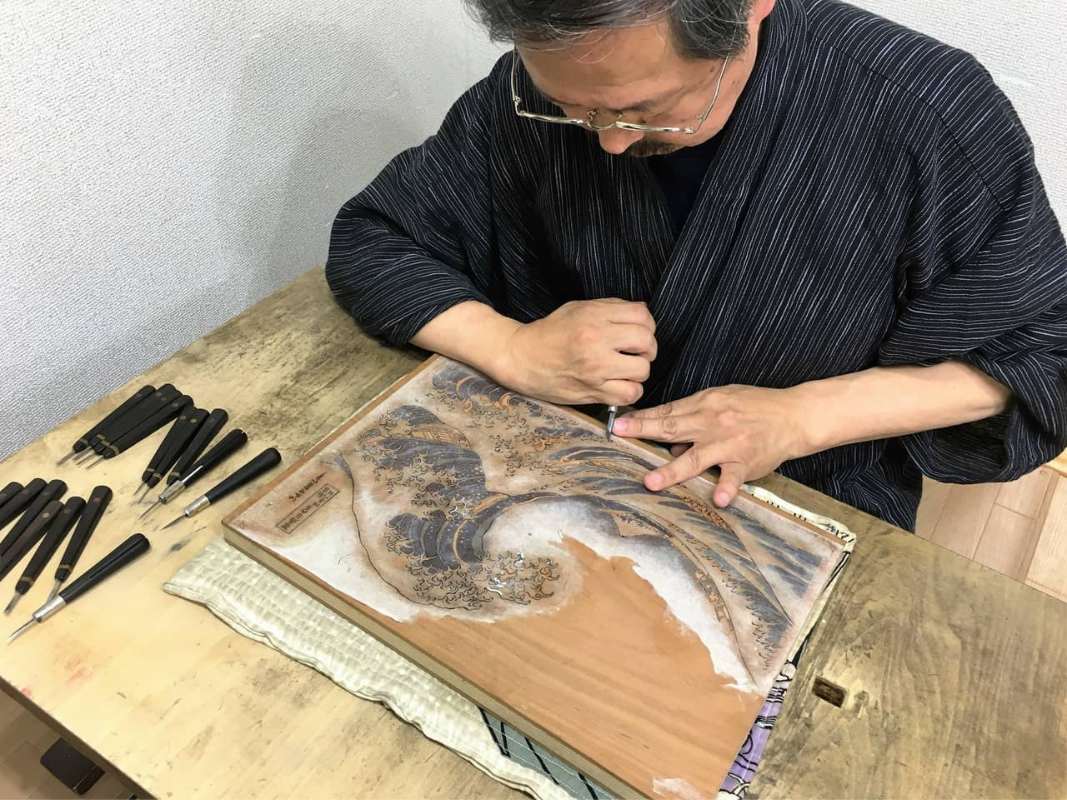
This craft has been practiced for centuries and is known for its durability and shiny finish.
Modern pewter craftsmanship combines traditional techniques with contemporary designs, maintaining its cultural relevance and appeal.
The cloth is woven on looms in long strips, which are then sewn together to create larger pieces.
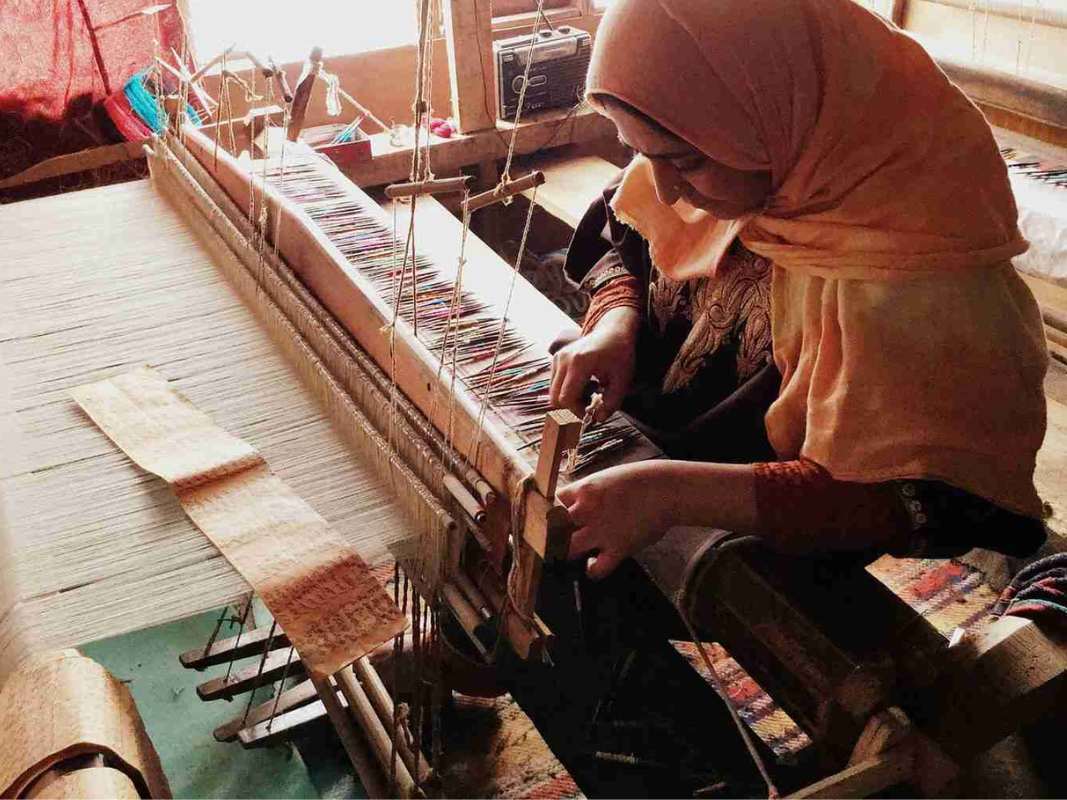
Kente cloth is worn during important ceremonies and celebrations, symbolizing cultural pride and heritage.
The beads are carefully arranged in intricate patterns, often incorporating vibrant colors and symbolic designs.
Beadwork plays a significant role in Maasai culture, used in ceremonies, rituals, and everyday life.
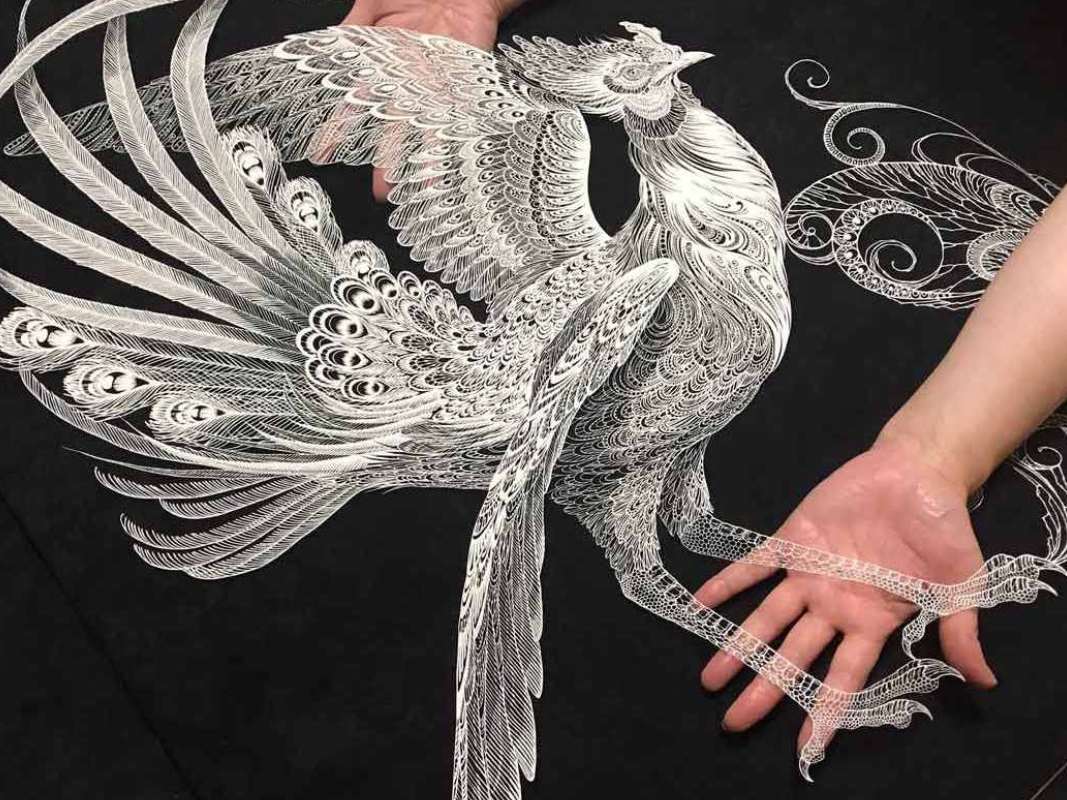
Tinga Tinga (Tanzania)
Tinga Tinga is a distinctive painting style that originated in Tanzania.
Tinga Tinga paintings often depict animals, folklore, and scenes of daily life.
The process involves weaving threads wound on bobbins around pins set in a pattern on a pillow.
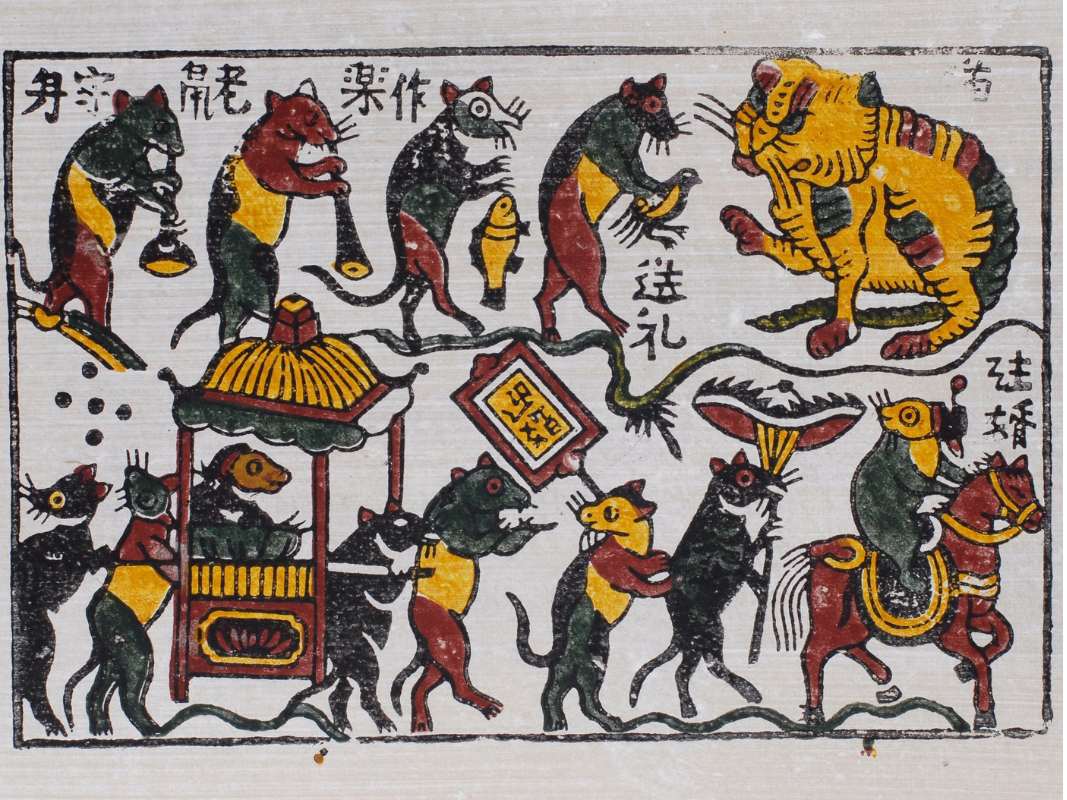
The craft requires patience, precision, and skill, with each piece representing hours of meticulous work.
This technique has influenced lace-making traditions across Europe and remains a highly valued craft.
Murano glassmakers are known for their skill and creativity, producing everything from delicate jewelry to elaborate chandeliers.
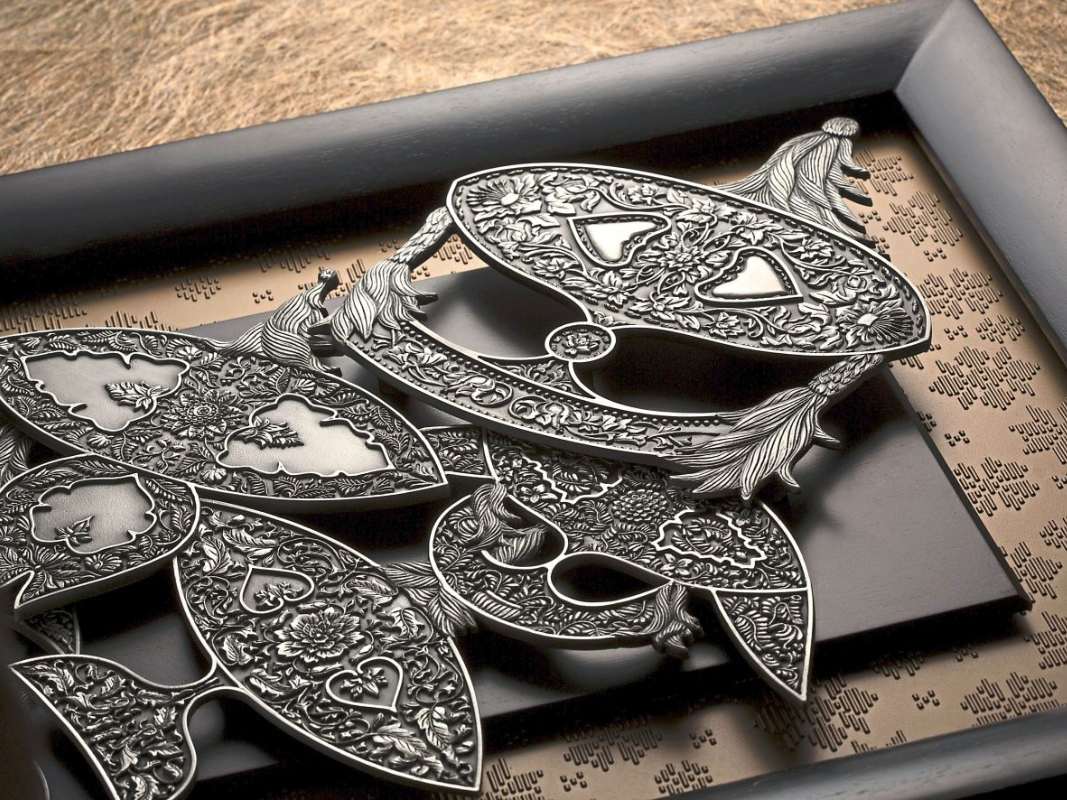
Matryoshka dolls are a symbol of Russian culture and craftsmanship, representing family, unity, and continuity.
The creation process involves painting the designs onto the pottery before it is glazed and fired.
Each pattern, known as a tartan, is unique and often associated with specific Scottish clans or regions.
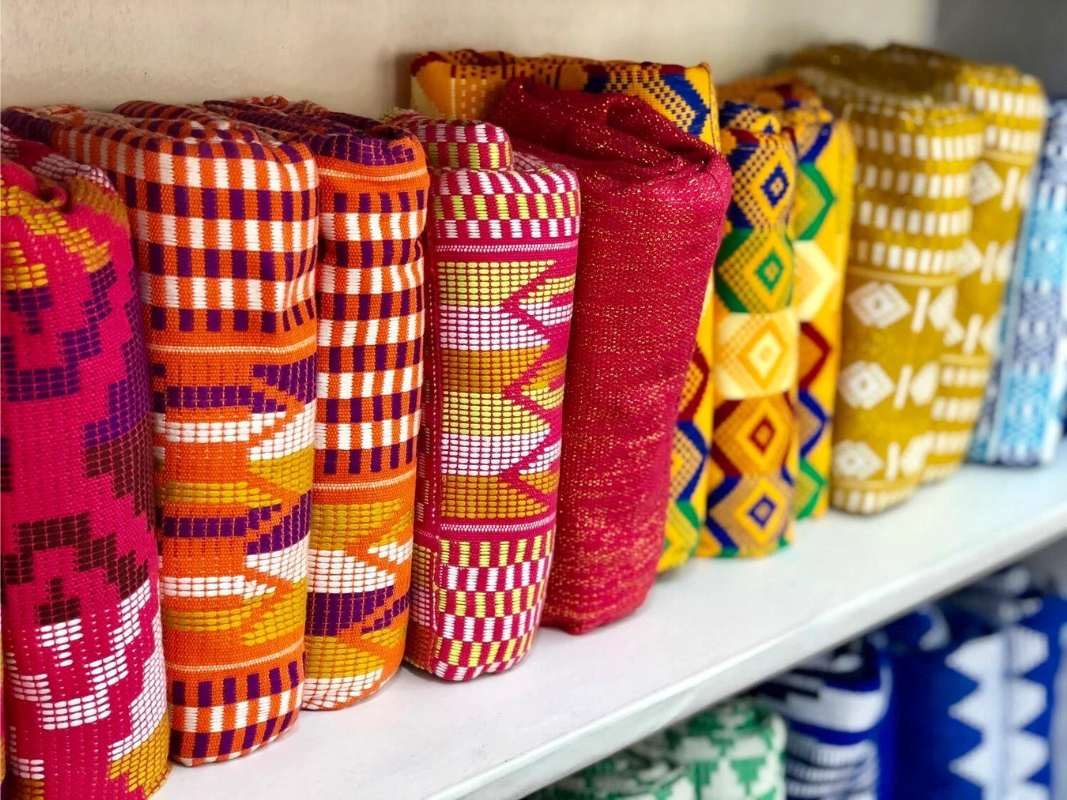
The weaving process is intricate, requiring precision to ensure that the colors and patterns align correctly.
Tartan cloth is used to make kilts, scarves, and other garments, symbolizing Scottish identity and heritage.
The process involves applying layers of plaster tinted in contrasting colors to a wall surface.
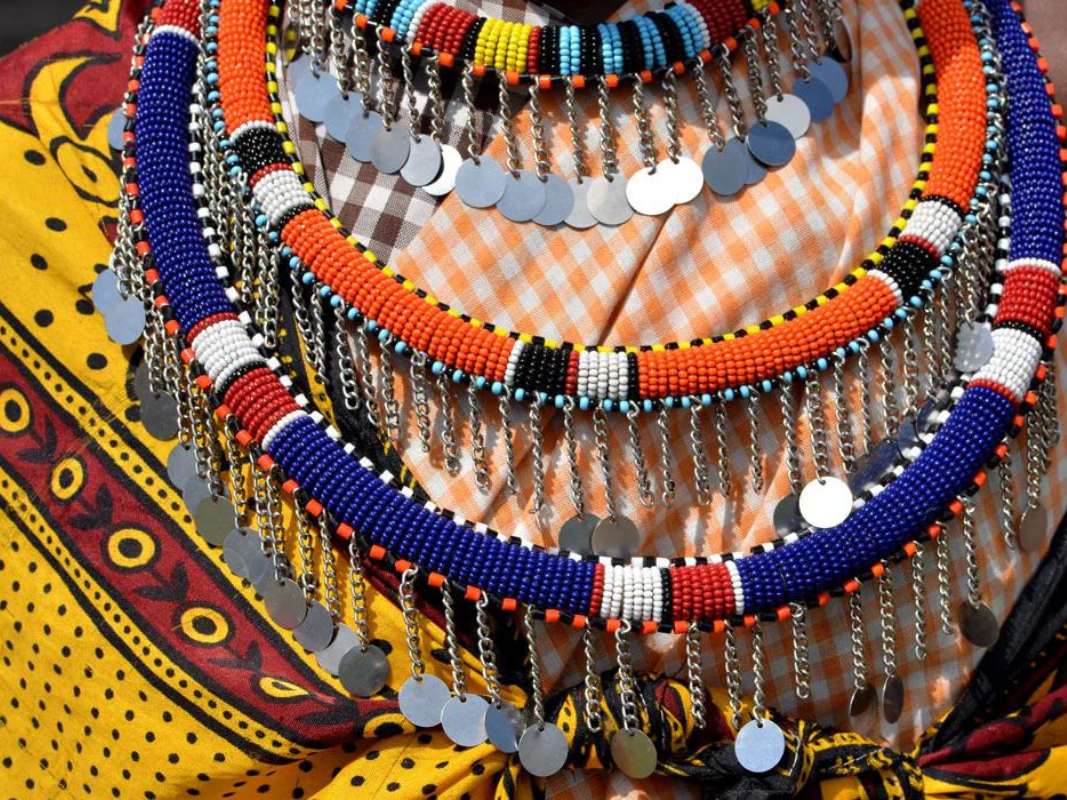
A design is then scratched into the top layer, revealing the color beneath.
Sgraffito continues to be a cherished architectural decoration in Czech culture.
This technique dates back to medieval times and was revived in the 19th century.
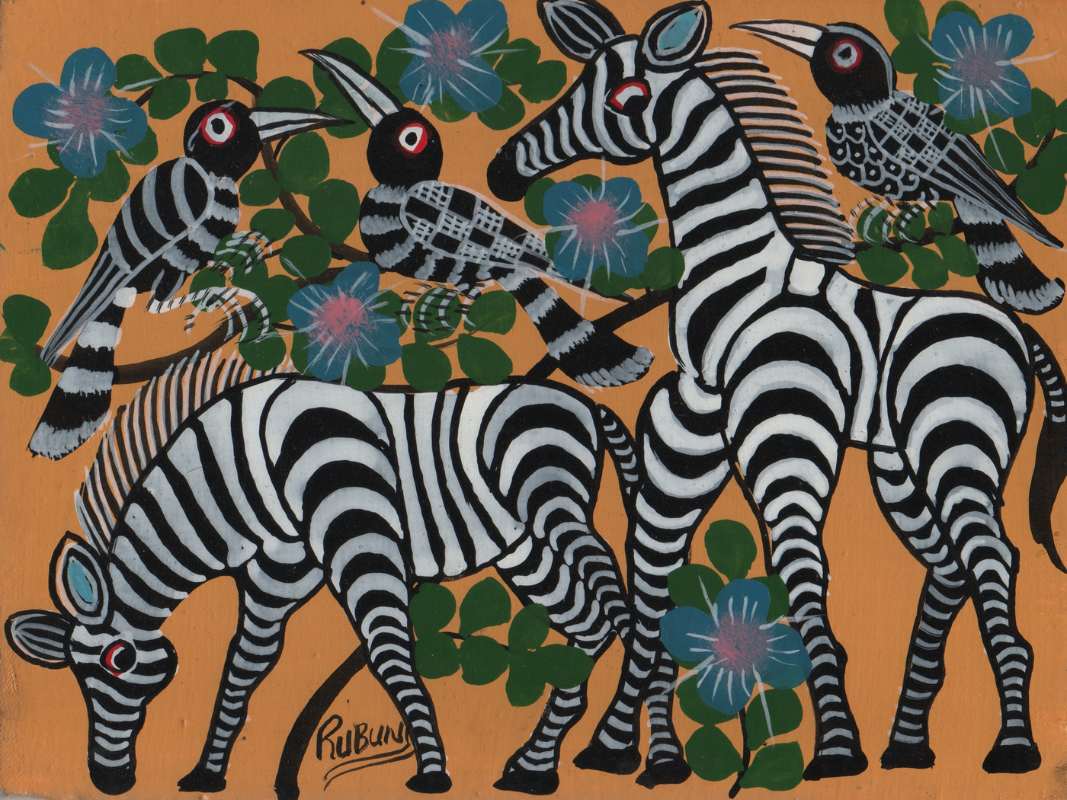
Encaustic tiles are an essential part of Spanish architectural heritage, reflecting the countrys artistic and cultural influences.
The embroidery is often used to decorate clothing, household items, and religious textiles.
Ukrainian embroidery is celebrated for its beauty and craftsmanship, preserving the countrys rich cultural traditions.
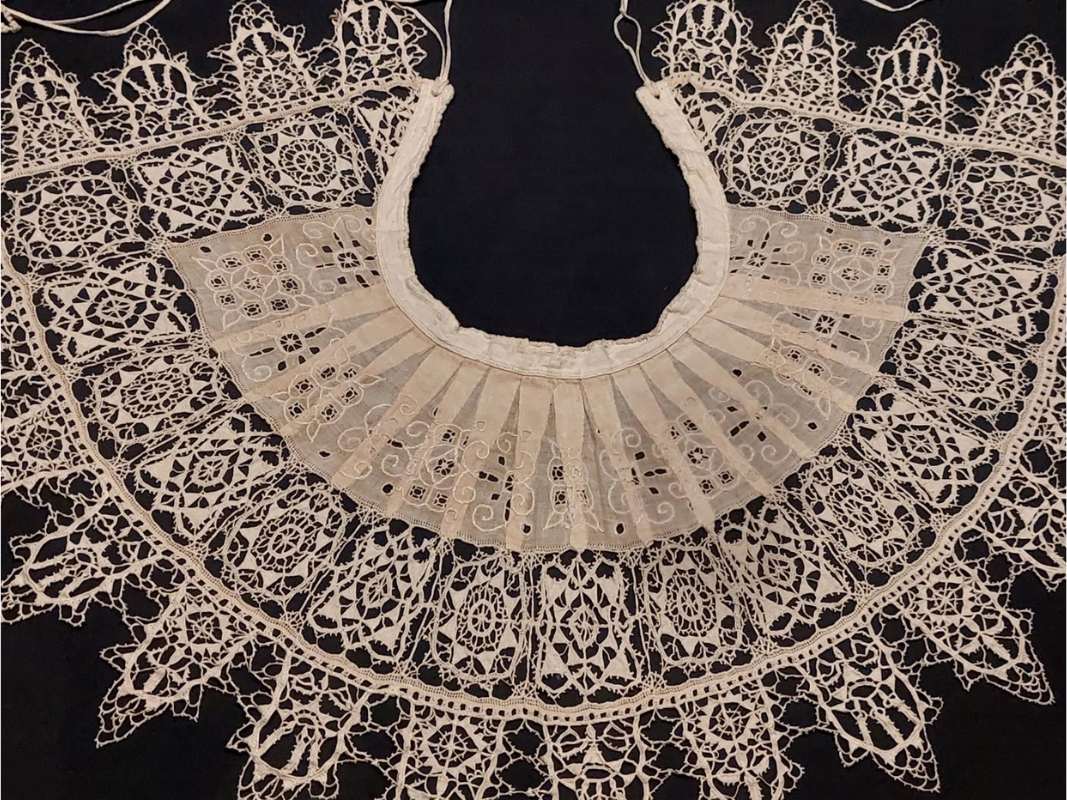
Blacksmithing (Germany)
Blacksmithing in Germany has a long history, dating back to medieval times.
The craft involves heating iron in a forge and shaping it with hammers and anvils.
Traditional German blacksmithing techniques have been passed down through generations, maintaining a strong cultural heritage.
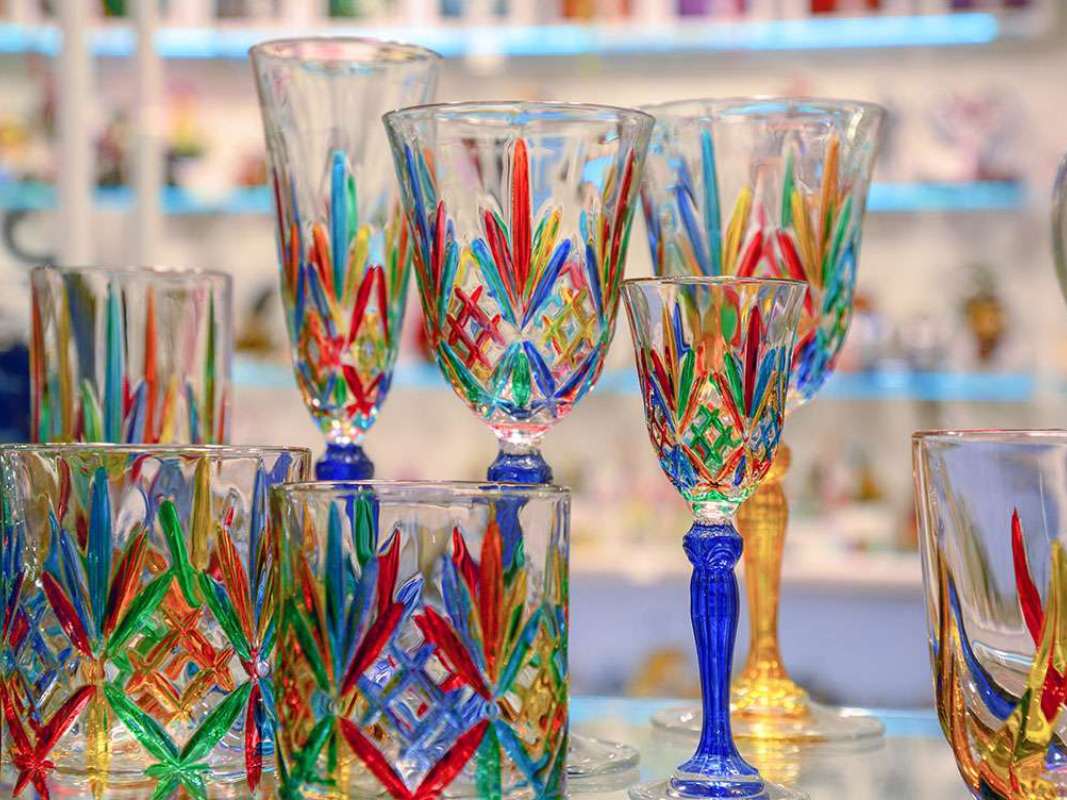
This textile art involves creating rugs, blankets, and other woven items using hand-spun wool and natural dyes.
Navajo weaving is a vital part of Navajo heritage, representing skill, tradition, and artistic expression.
Molas (Panama)
Molas are a traditional textile art of the Kuna people of Panama.
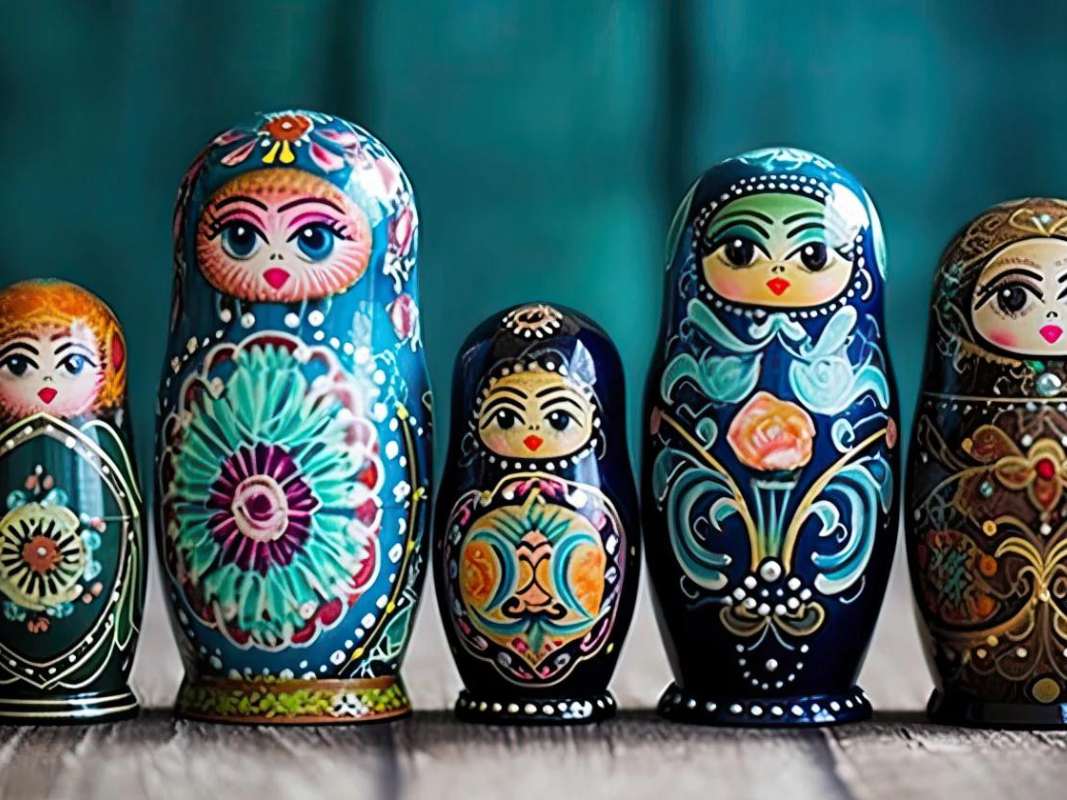
Molas often depict geometric patterns, animals, and scenes from daily life.
They are used to adorn clothing and other items, symbolizing cultural identity and craftsmanship.
These folk art sculptures often combine elements from different animals, creating whimsical and imaginative designs.
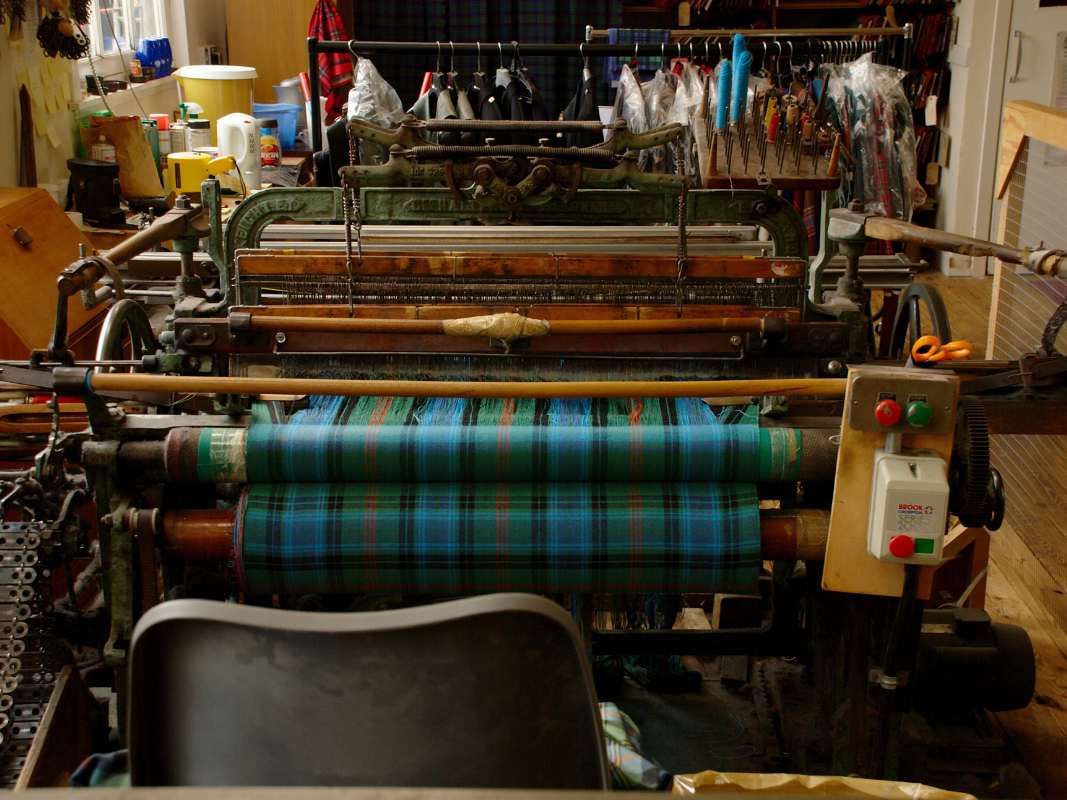
Alebrijes are popular in Mexican culture, representing creativity and artistic expression.
This craft is practiced in various Polynesian islands, including Tonga, Samoa, and Fiji.
Tapa cloth is used in ceremonies, clothing, and as a symbol of cultural heritage.
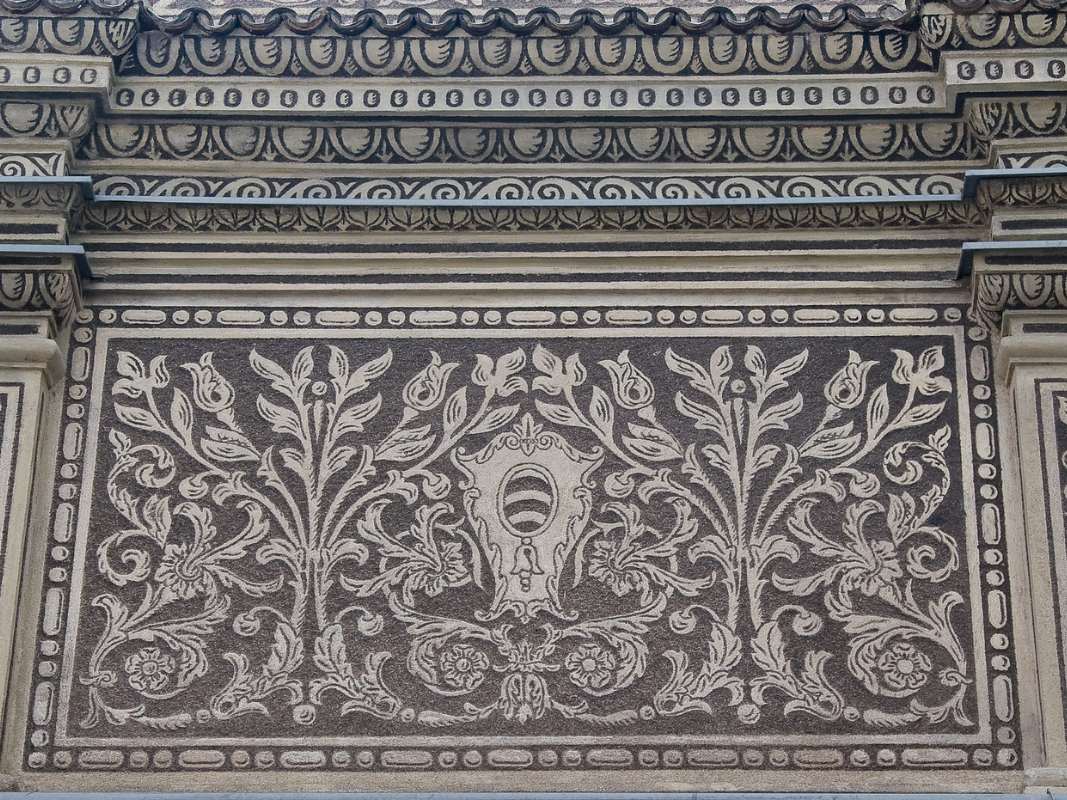
Aboriginal Dot Painting (Australia)
Aboriginal dot painting is a traditional art form of Indigenous Australians.
The paintings are rich in symbolism and hold cultural and spiritual significance.
Explore our collection and experience the magic of Kiricards craftsmanship.

